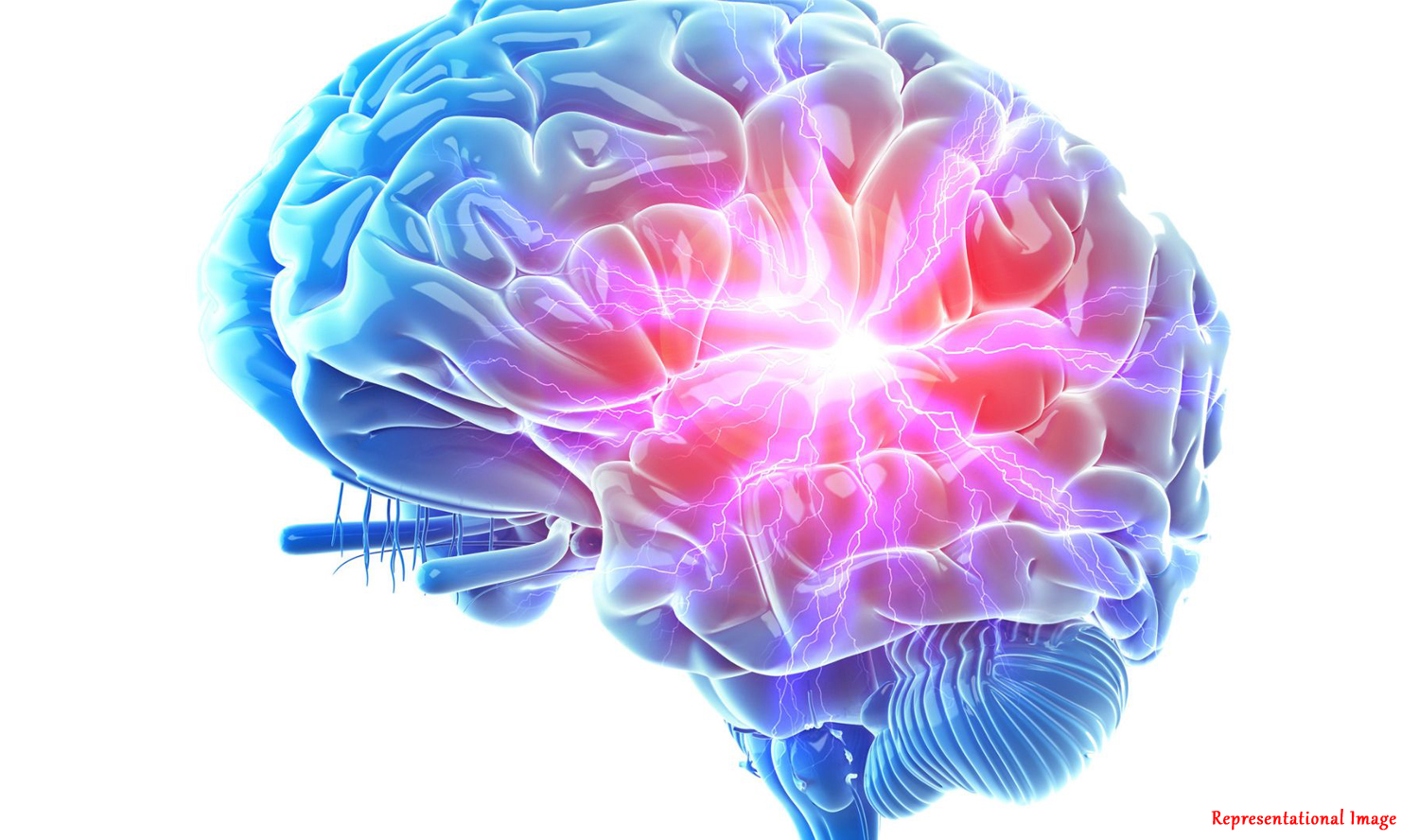
Many of us take for granted the ability to read, write, and learn. But how do the 86 billion neurons in our brain function, sending lightning-fast signals so that these abilities can be made possible?
How does the human brain learn? Cognition, the process by which the brain acquires knowledge and understanding through thought, experience, and the senses is being seen in a different light by researchers.
It was thought that cognitive tasks are performed by individual brain regions that worked in isolation. But now a new concept is emerging. It seems networks of several discrete brain regions are connected for cognitive functions to occur.
Research in this area is very important. Better understanding of cognition and neural networks could help us to better understand diseases like Alzheimer’s, depression, bipolar disorder and autism. Better understanding of neural networks can also help us to create better artificial intelligence neural networks as well.
Functional Magnetic Resonance Imaging (fMRI) is an important measurement technique that is used to measure brain activity by detecting changes in the flow of blood. When an area of the brain is in use, blood flow to that region also increases.

In this study, conducted by Mr. Rabindev Bishal and Prof. Neelima Gupte from the Department of Physics, Indian Institute of Technology Madras, Chennai, India, and Ms. Sarika Cherodath and Ms. Nandini Chatterjee Singh from the National Center for Brain Research, Gurgaon, India, fMRI was used to study the brain activities and functions of a select group of children and adults while reading.
The group carried out reading tasks in English and Hindi. A simple and identical block design was used for the reading tasks. Words and nonwords (here ‘cat’ is a word, ‘cae’ is a nonword), and symbols were alternated in this task. Participants were asked to read aloud words and nonwords that appeared during the task blocks, and to fixate on the symbols displayed during rest blocks without any oral response.
In each task block, either 10 words or nonwords were presented, each item appearing for 2 seconds at the centre of the screen. During every rest block, one false font string from a list of four false font stimuli was randomly selected and presented for 20 seconds. The participants performed two runs of the fMRI tasks in each language, where each run consisted of 3-word blocks, 3 nonword blocks, and 6 rest blocks. The total duration of the reading task was 16 minutes.
After analyzing the fMRI data, it was found that higher levels of activity were found in the right hippocampus in children, and the adults showed higher activity in a network of regions. The adults showed dominance of short-term correlations compared to the children, thus indicating that the children take longer to process the reading information. The adults demonstrated more efficient analysis, probably due to their longer experience in such tasks.
The reading circuits of the brain in the children and the adults were found to be different, so further analysis is required. Here, the authors use a sophisticated topological technique, called simplicial characterisation to classify different kinds of correlations, such as single node, link based, triangle based etc., correlations in the fMRI time series.
The data and methods used in this study can be useful for further study of the structure, function, and hidden geometry of cognitive networks. The authors hope that this study will provoke further and more extensive studies in this field.
Dr. Malayaja Chutani, who is a data science and scientific software consultant, gave the following analysis of the work done by the authors: “The authors have extended the application of time series network analysis and simplicial characterization to real world data from fMRI measurements of adults and children, while performing reading tasks. Having explained the complex simplicial characterizer used for the analysis, i.e. the f-vector, they carry out a comparison between adults and children. The article reports that the brain activity of the adult population shows a lower dimensional simplicial structure than the child population. In this manner, the authors have studied the evolution of brain activity through the time series from different brain regions.”
Article by Akshay Anantharaman
Click here for the original link to the paper










